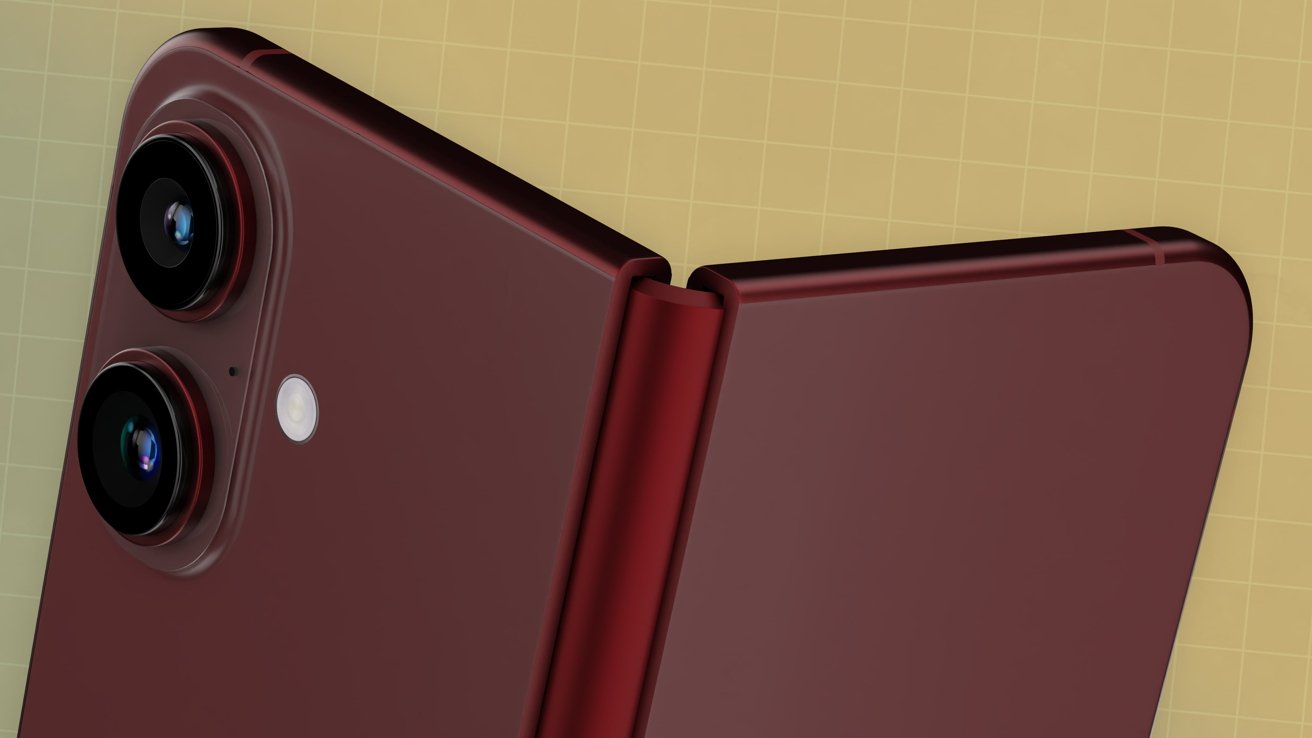Over the past decade, Apple has demonstrated a sustained interest in Liquidmetal, an advanced amorphous metal alloy known for its exceptional strength, elasticity, and resistance to corrosion. This material’s unique properties have the potential to revolutionize the design and durability of consumer electronics.
Understanding Liquidmetal
Liquidmetal, commercially known as Liquidmetal, is an amorphous metal alloy developed by researchers at the California Institute of Technology. Unlike traditional metals that possess a crystalline atomic structure, Liquidmetal’s atoms are arranged in a non-crystalline, amorphous configuration. This distinctive arrangement imparts several advantageous properties:
– High Tensile Strength: Liquidmetal can endure significant stretching and pulling forces without breaking, making it ideal for components that require durability.
– Elasticity: The material exhibits a high coefficient of restitution, allowing it to return to its original shape after deformation, which is beneficial for parts subjected to repetitive stress.
– Corrosion Resistance: Its resistance to tarnishing and rusting ensures longevity, even when exposed to harsh environmental conditions.
– Malleability at Elevated Temperatures: Liquidmetal can be easily molded at temperatures around 760°F, facilitating the creation of complex shapes without compromising its structural integrity.
These properties make Liquidmetal a compelling choice for various applications, from medical devices to consumer electronics.
Apple’s Engagement with Liquidmetal
Apple’s association with Liquidmetal began in August 2010 when the company secured an exclusive license to use the alloy in consumer electronics. This agreement granted Apple a perpetual, worldwide, fully-paid, exclusive license to commercialize Liquidmetal’s intellectual property within the realm of electronic products. The deal was significant enough to enable Liquidmetal Technologies to pay off $11 million in debt, underscoring the value Apple placed on this material.
The first known application of Liquidmetal by Apple was the SIM card ejector tool included with the iPhone 3G and iPad 3G. This seemingly minor component served as a practical test of the material’s manufacturing capabilities and durability. Despite this initial use, Liquidmetal has not been prominently featured in Apple’s product lineup, leading to ongoing speculation about its future applications.
Challenges in Mass Production
Integrating Liquidmetal into large-scale production has presented several challenges. Dr. Atakan Peker, one of the inventors of Liquidmetal, estimated in 2012 that it would take an investment of $300 million to $500 million and three to five years to develop the necessary manufacturing infrastructure for mass-producing large products using the alloy. He noted that the technology required maturation and perfection in both manufacturing processes and application development.
To address these challenges, Apple has been actively exploring various manufacturing techniques. In 2013, the company was granted a patent detailing a method for mass-producing Liquidmetal in thin sheets using a float glass process, similar to how window glass is produced. This method involves creating a molten sheet of bulk metallic glass that is cooled to form a solidifying amorphous alloy sheet. Such innovations aim to make the production of Liquidmetal components more feasible and cost-effective.
Potential Applications in Future Apple Products
Recent developments suggest that Apple may be preparing to incorporate Liquidmetal into more significant components of its devices. In March 2025, analyst Ming-Chi Kuo reported that Apple plans to use Liquidmetal for key component bearings in the hinge mechanism of the anticipated iPhone Fold. The use of Liquidmetal in the hinge is expected to minimize creasing on the foldable display, enhancing both durability and aesthetics.
Additionally, Apple has been granted patents that describe processes for embedding sapphire displays into Liquidmetal chassis, indicating potential applications in future iPhone designs. These patents suggest that Apple is considering Liquidmetal not only for internal components but also for structural elements that could redefine the form and function of its devices.
The Road Ahead
While the integration of Liquidmetal into Apple’s mainstream products has been gradual, the company’s continued investment in research and development indicates a strong commitment to leveraging this material’s unique properties. The potential benefits—enhanced durability, innovative design possibilities, and improved manufacturing efficiency—align with Apple’s emphasis on quality and innovation.
As manufacturing techniques evolve and become more cost-effective, it is plausible that Liquidmetal will play a more prominent role in Apple’s product lineup. The forthcoming iPhone Fold may serve as a pivotal moment, showcasing the practical applications of Liquidmetal in consumer electronics and setting the stage for its broader adoption in future devices.



